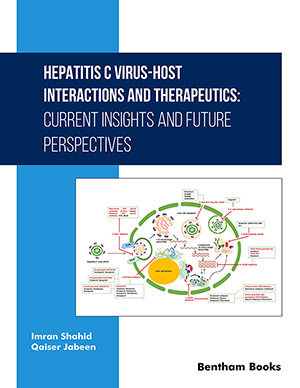Abstract
An ample understanding of the HCV life cycle and infection biology has
also significantly increased our knowledge of hepatitis C immune responses against
acute infection to the progression of chronic hepatitis C and associated comorbidities.
As expected in chimpanzees (the best in vivo model so far to study hepatitis C infection
kinetics, molecular pathogenesis, and immunopathology) and humans, several arms of
the immune responses are activated following HCV infection. Some of the underlying
mechanisms both for innate immune responses and adaptive immune responses to viral
clearance and persistent HCV infection are fully understood, however; some
fundamental questions in hepatitis C immunopathology remain to be answered and
some immune responses hypothesis demands further studies to validate. Some
mechanistic issues of viral evasion strategies during infection progression and the
future development of prophylactic and protective anti-HCV vaccines will be largely
dependent on the full understanding of the kinetics of adaptive immune responses
against HCV infection. As generally presumed the inefficient role of innate immunity
in self-resolving HCV infection, the potent immune responses of CD8+ T and CD4+ T
cells are critically important after the acute phase of the infection. In particular, the
plausible understanding of CD4+ T cells responses against persistent infection will
certainly be central to the development of future HCV vaccines. In this chapter, we
overview the host immune responses against hepatitis C acute infection and subsequent
CHC infection, their regulation by viral and cellular proteins, and the virus purging
strategies while impairing host defense system mechanisms.
Keywords: Adaptive immune response, Anergy, Anti-HCV vaccines, Crossreactive neutralizing antibodies, CD+ 4 T cells, CD+ 8 T cells, Dendritic cells, Cytotoxic T lymphocyte, Hepatitis C virus, Host-immune response, Immunoregulatory cells, Immunopathogenesis, Innate immune response, Natural killer cells, Priming, Protective vaccines, Prophylactic vaccines, T-cell exhaustion, Viral escape.






















